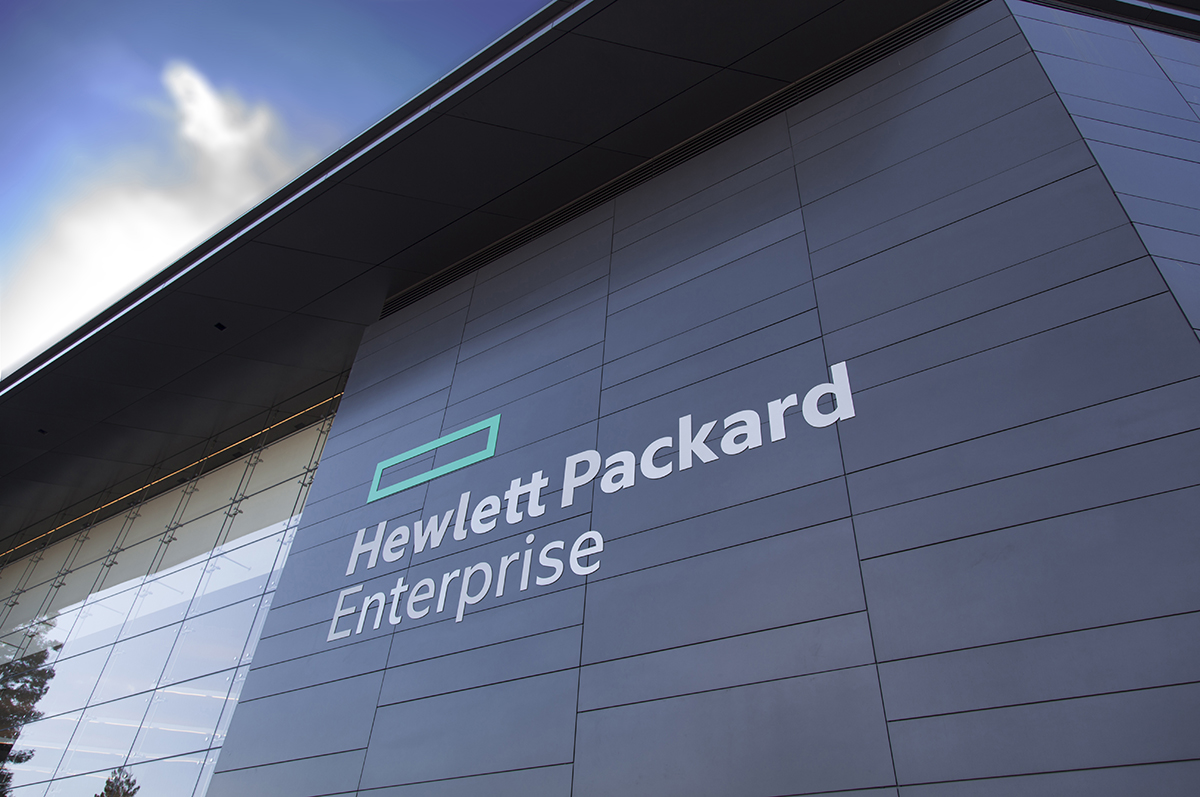Hewlett Packard Enterprise (HPE) has introduced the HPE Cray supercomputing line, based on an array of HPE and Cray technologies (including a few from Hewlett Packard Labs). These technologies include new capabilities from Cray’s Shasta architecture which are being developed for the first three U.S. exascale systems. As these new capabilities are productized, they will appear first in the HPE Cray supercomputing line and then will be supported more broadly across various HPE products and offerings.
In today’s world, identifying a new path forward for public health, sustainability, and business models will rely now more than ever on innovation, discovery, and insight. Supercomputing has always served as a critical tool in addressing the grand challenges of the past. To continue this momentum, supercomputing must evolve and embrace the Exascale era’s new requirements.
“Given the backdrop of current world events, completing the HPE integration of Cray could not be timelier. Today, business models and customer experiences must be rewritten for a lower touch economy. The need for sustainable industries and supply chains have never been more critical—or visible,” said Peter Ungaro, senior vice president and general manager, HPC and Mission Critical Solutions (MCS), Hewlett Packard Enterprise. “With this new, Cray-branded line under HPE’s umbrella brand, we bring together the best capabilities from two of the most storied names in the tech industry.”
With HPE Cray supercomputers, HPE is bringing the first of the new systems for the new HPE Cray supercomputing line to market. Its new hardware and software innovations tackle system bottlenecks, manageability, and job completion issues that emerge or grow when core counts increase, compute node architectures proliferate, and workflows expand to incorporate AI at scale.
HPE Cray EX supercomputer liquid-cooled infrastructure – For customers requiring the highest performance, density, and efficiency for large-scale systems, the HPE Cray EX supercomputer comes in liquid-cooled cabinetry, supporting direct liquid cooling of all components in a compact bladed configuration.
HPE Cray supercomputer air-cooled infrastructure – The air-cooled HPE Cray supercomputing solution is based on HPE Apollo compute nodes coupled with the HPE Slingshot interconnect and the HPE Cray software stack. Functionally the processor equivalent versions of the liquid-cooled and air-cooled solutions are identical with the same interconnect and software support.
HPE Slingshot interconnect – A high-speed, purpose-built supercomputing interconnect, the HPE Slingshot interconnect brings HPE Cray supercomputers’ power to a more diverse range of HPC users. The HPE Slingshot has many new features aimed at data-centric HPC and AI workloads, including its extremely high bandwidth with 64 ports operating at up to 200 Gb/s.
The HPE Cray software stack – The HPE Cray software stack is built on literally decades of supercomputing expertise and is architected to deliver enhanced manageability, reliability, availability, resiliency, and interoperability. Scale applications from development on a laptop or in the cloud to production on a supercomputer.
Cray ClusterStor storage solution – The Cray ClusterStor E1000 was purpose-engineered for this new era to be scalable and cost-effective while at the same time delivering the performance needed to power a new kind of dataflow. It’s mostly a system that brings together the very best of traditional HPC storage systems with the best modern all-flash enterprise file storage systems. The Cray ClusterStor E1000 system, combined with new services and flexible consumption models from HPE, redefines what is possible for HPC storage users.



